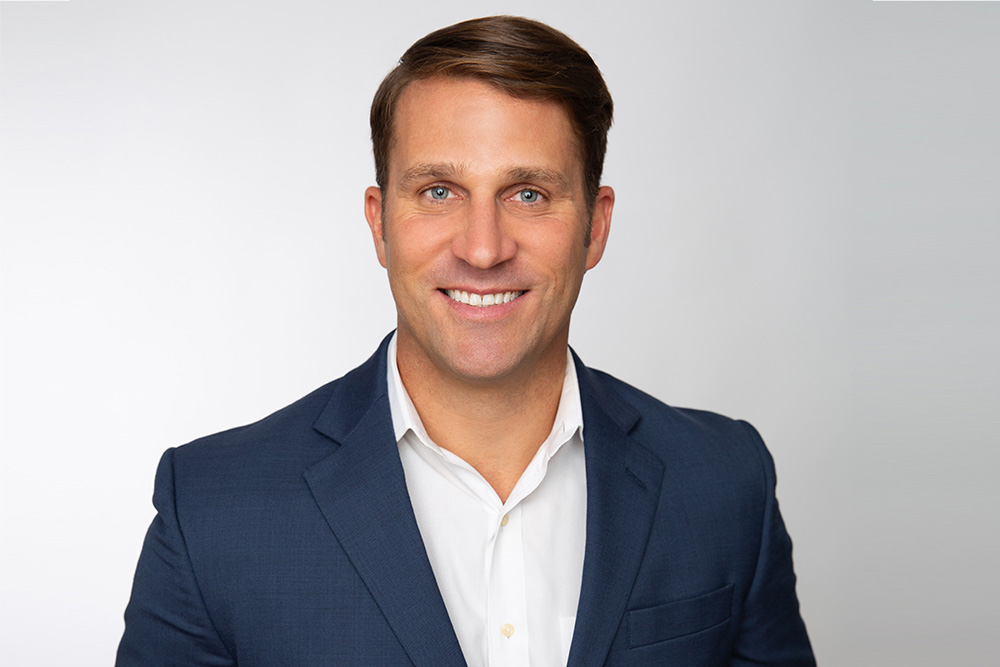Think your team trusts you? Think again. Employee trust continues to hit new lows.
A mere 23% of American workers said they trusted their organization's leadership, according to a Gallup survey conducted in March 2021.
The battle for employee trust comes at a time when trust and organizational performance are more closely related than ever.
A 2022 Study by Trust Across America found that trustworthy companies generated significantly more revenue than less trustworthy companies; in some cases, trustworthy companies made 47 percent more than their competitors who were deemed less trustworthy.
The case is clear: Developing trust is good for the bottom line and engagement throughout your organization.
From employee recruitment and retention to developing an inclusive environment, trust is a vital ingredient for individual and organizational success. The concept of building trust has been the subject of numerous books and the pursuit of countless executives.
Making the business case for trust is easy. Defining it is much more difficult.
“Trust is a paradox,” says Meghan Bourne, a partner with McChrystal Group who has spent her entire career studying trust. “It is a well-studied, fundamentally simple concept that is unbelievably complex in execution all day, every day with all the people that you're interacting with.”
Bourne says despite its complexities, trust consists of three simple components: reliability, competence, and benevolence. Benevolence is the belief that a leader or fellow employee has their co-workers’ best interests in mind. Research is revealing the importance of benevolence every day.
Organizations with high indicators of benevolence, such as respect and concern for others, are twice as likely to retain top talent, McChrystal Group data show.
As an executive reaches new career heights, they usually master reliability and competence. However, the concept of benevolence can escape even the most successful leader.
“This is because an executive’s touchpoints, individual interactions where trust is won or lost, increase as they rise through the organization, and they must master two distinct forms of trust: interpersonal and enterprise, says Will Smith, a Partner at McChrystal Group who focuses on top team effectiveness.
“Interpersonal trust serves the 25 people whom you work with every day, and enterprise trust serves the 10,000 people whom you lead but don't actually get to interact with daily,” explains Smith.
The challenge is demonstrating benevolence across these two important, yet different, dimensions of trust.
Bourne says a leader can grow benevolence by asking questions, empathetically listening, and acting on the information gleaned from those interactions.
While it sounds simple, benevolence becomes increasingly complex when a leader is responsible for interactions across thousands of touchpoints every day, including interpersonal, digital, or group settings.
The most successful leaders start with a culture of trust inside their inner circle and then require the same from their subordinates. This can have a cascading effect across the organization, Smith says. Another important tactic is to simply ask for help if you need it.
Smith worked with a CEO who was an expert in enterprise trust. The CEO pivoted the business strategy, empathetically made tough personnel decisions affecting thousands of employees, and saved the company from financial ruin. However, this same CEO struggled with interpersonal benevolence.
The first job of a leader — at work or at home — is to inspire trust. It’s to bring out the best in people by entrusting them with meaningful stewardships, and to create an environment in which high-trust interaction inspires creativity and possibility.”
Author and public speaker Stephen M.R. Covey writes in Speed of Trust
Realizing his weakness, the CEO leaned heavily on the COO to assist with high-visibility or high-risk interpersonal interactions. This simultaneously built the CEO’s own benevolence skills, while facilitating positive interactions as he developed.
Many leaders can be paralyzed by the fear of making a mistake; however, data compiled by McChrystal Group suggests that openly admitting mistakes is key to building trust and elevating employee engagement.
How the CEO responds to mistakes can build or diminish trust, especially but not limited to the big mistakes. While the CEO can’t allow executives to make multiple large mistakes, it is critical to learn from the mistakes made.”
Former Pfizer CEO Ian C. Read in a 2023 Issue of Leader to Leader
Employees are twice as likely to engage in responsible risk-taking when they are free to admit their mistakes, McChrystal Group data shows, and this starts at the top. Responsible risk-taking is a key driver for innovation, effective crisis response, and business growth.
Finally, incentivizing collaboration places organizational values on benevolent behaviors. These incentives do not have to be monetary. Collaboration, even in a disparate workforce, is easier to achieve and measure than ever before with advances in technology.
However, the challenge comes for the leader who prioritizes collaboration when there are organizational, cultural, and technological barriers.
Bourne says a leader needs to start with personal reflection to really understand trust, and then have a conversation about it with their team because every person trusts differently.
“The minute you realize you and your team aren’t on the same playing field when it comes to trust is like a light bulb moment,” says Bourne.
Discussing personal reflections and perceptions of trust as a team is an exercise in benevolence, which will reap significant dividends.
If you’re looking for resources to facilitate this discussion, you can find Meghan Bourne’s three-part video series on trust here. McChrystal Group’s Danny Kenny and Ted Delicath outline steps for building all components of trust here.
Talking about trust with your team is the first big step in building trust, and trust is a crucial step towards an effective team.



